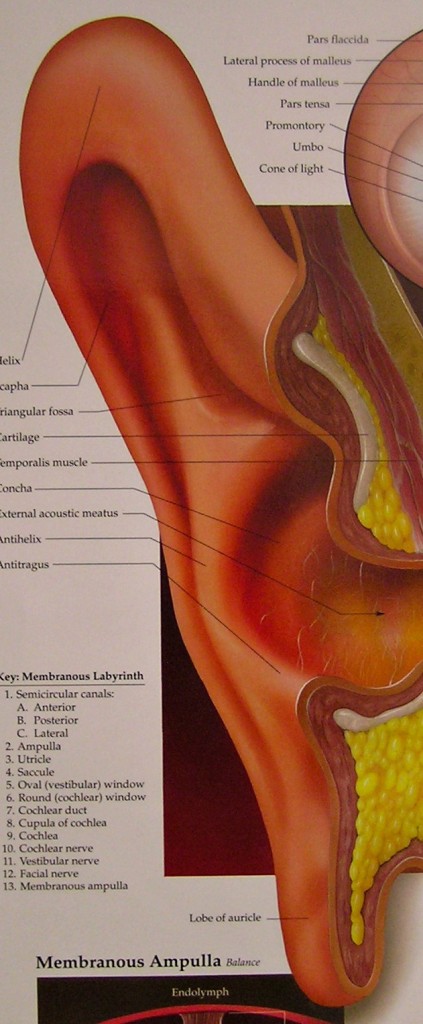 “Do you hear what I hear?” That is a nice song lyric, but not what you want an airport doctor to ask you in what sounds like a muffled voice. However, I found myself answering that question with some trepidation as I learned I would be “grounded” in Sydney, Australia for an unspecified amount of time.
“Do you hear what I hear?” That is a nice song lyric, but not what you want an airport doctor to ask you in what sounds like a muffled voice. However, I found myself answering that question with some trepidation as I learned I would be “grounded” in Sydney, Australia for an unspecified amount of time.
The doctor proceeded to tell me my ears were filled with blood due to both ears rupturing while trying to stabilize their pressure during my landing from Perth to Sydney on my way home to California. Now it was a waiting game for them to heal so that I could fly home (at one point I thought I would hop on a cargo ship and steam home as my ears were not co-operating, but then I had images of ocean storms, dorsal fins circling and my lack of swimming stamina). Thankfully Spaceman’s friends in Sydney looked after me until my “grounded” status was lifted. Upon arriving home I met with more ear doctors and created a personal first aid kit for ears to use whenever I fly. Let me share the necessities:
1. Airplane ear plugs — they differ from regular ear plugs as they help stabilize ear pressure, not block out sound (really wonderful). They look like mini cork screws. Put these in your ears before take off and keep them in for about a half hour after take off. Put them back in your ears about 30 to 60 minutes before landing as the plane begins to descend long before the crew lets you know.
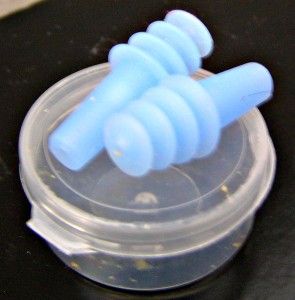 2. Gum — chew gum when taking off and landing.
2. Gum — chew gum when taking off and landing.
 3. Eucalyptus nose inhaler stick — sniff the stick on plane whenever your ears start to feel pressure and/or have trouble “popping” open.
3. Eucalyptus nose inhaler stick — sniff the stick on plane whenever your ears start to feel pressure and/or have trouble “popping” open.
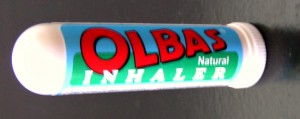 4. Nasal decongestant (like Mucinex) — take the nasal decongestant a half hour before boarding your flight if you are feeling congested at all.
4. Nasal decongestant (like Mucinex) — take the nasal decongestant a half hour before boarding your flight if you are feeling congested at all.
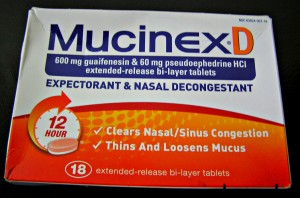 5. Nasal spray (like Afrin) — squeeze a couple of sprays into your nostrils (usually preflight but can be during flight) if your nose congestion will not clear.
5. Nasal spray (like Afrin) — squeeze a couple of sprays into your nostrils (usually preflight but can be during flight) if your nose congestion will not clear.
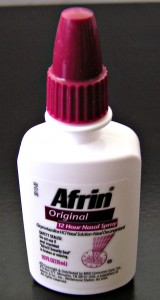 Protecting your ears during a flight is as simple as following steps 1, 2, 3, 4, 5!
Protecting your ears during a flight is as simple as following steps 1, 2, 3, 4, 5!
